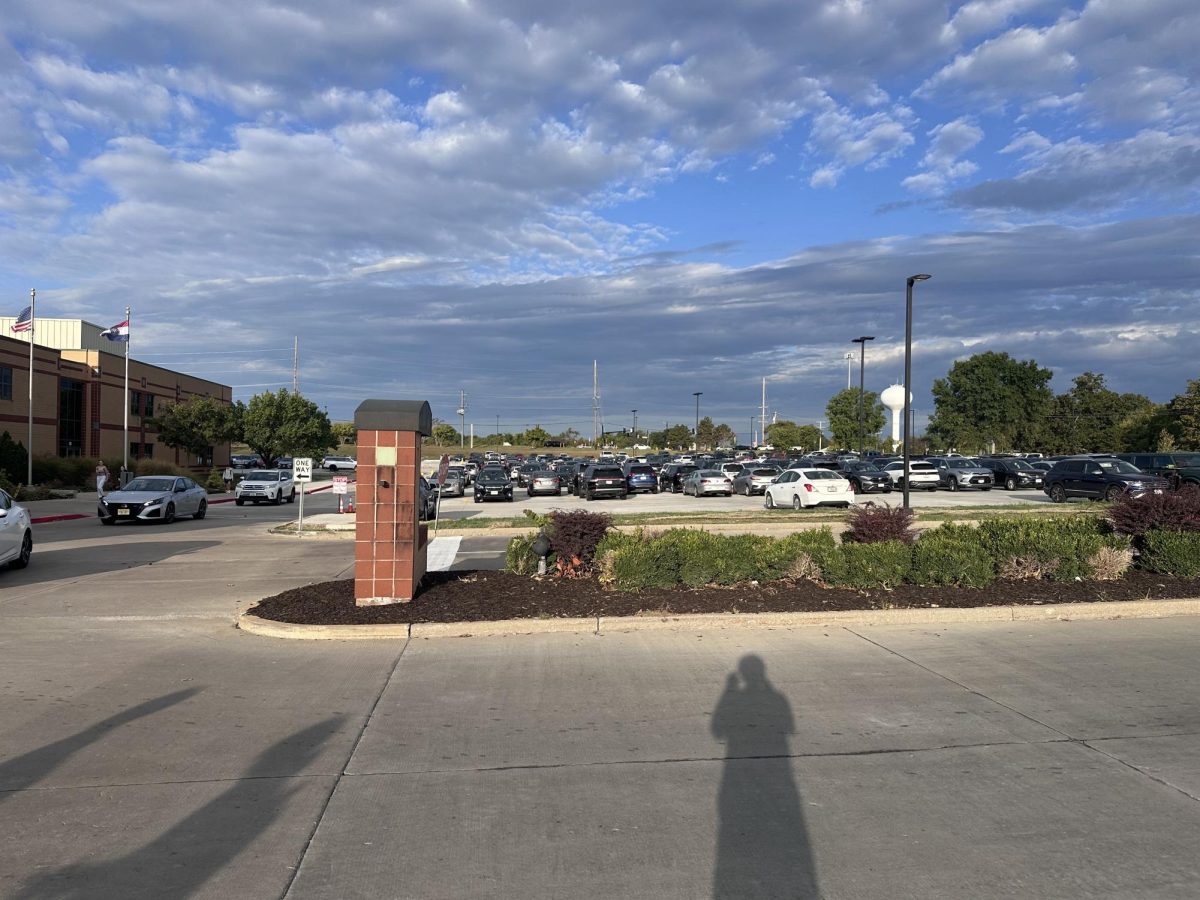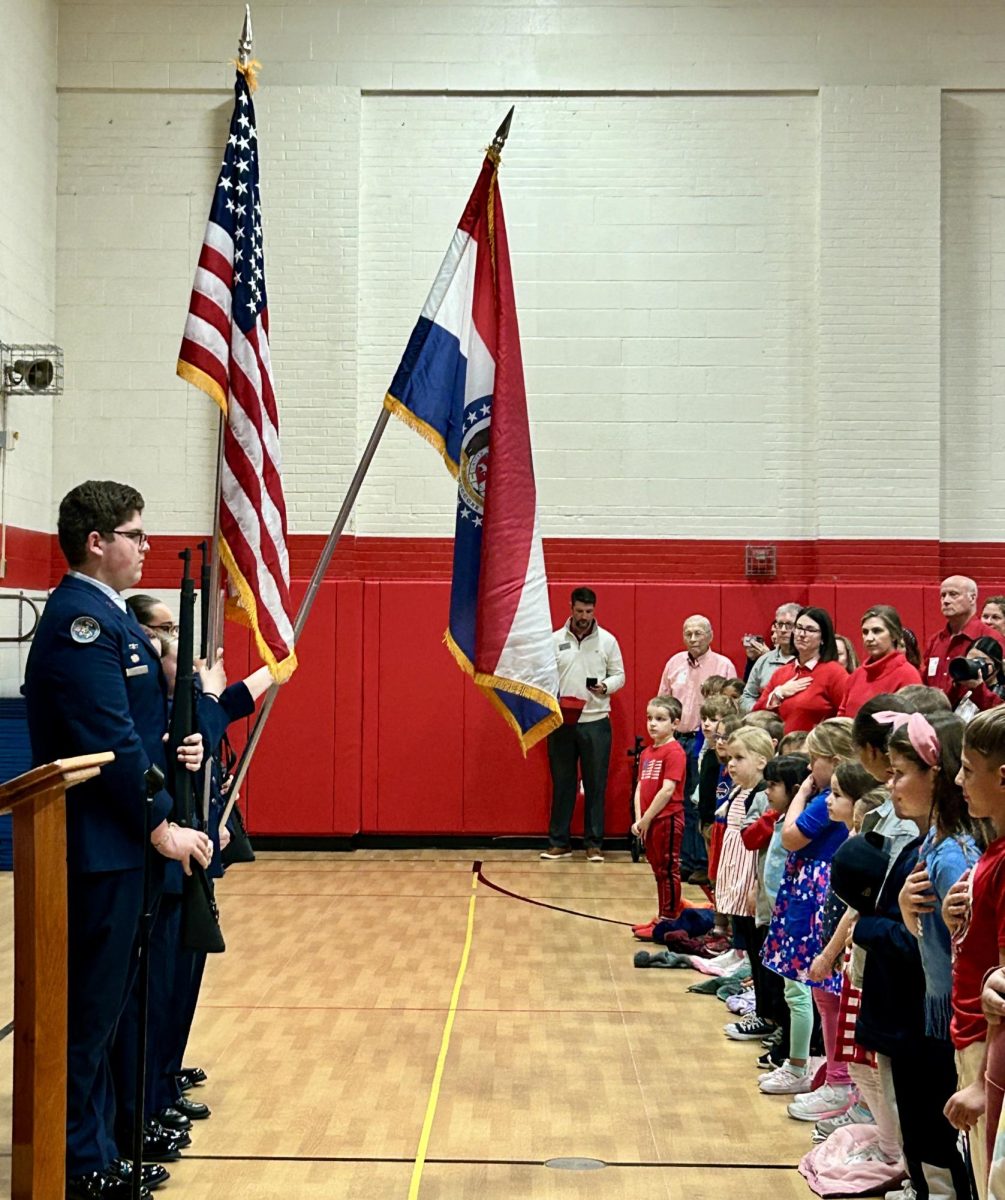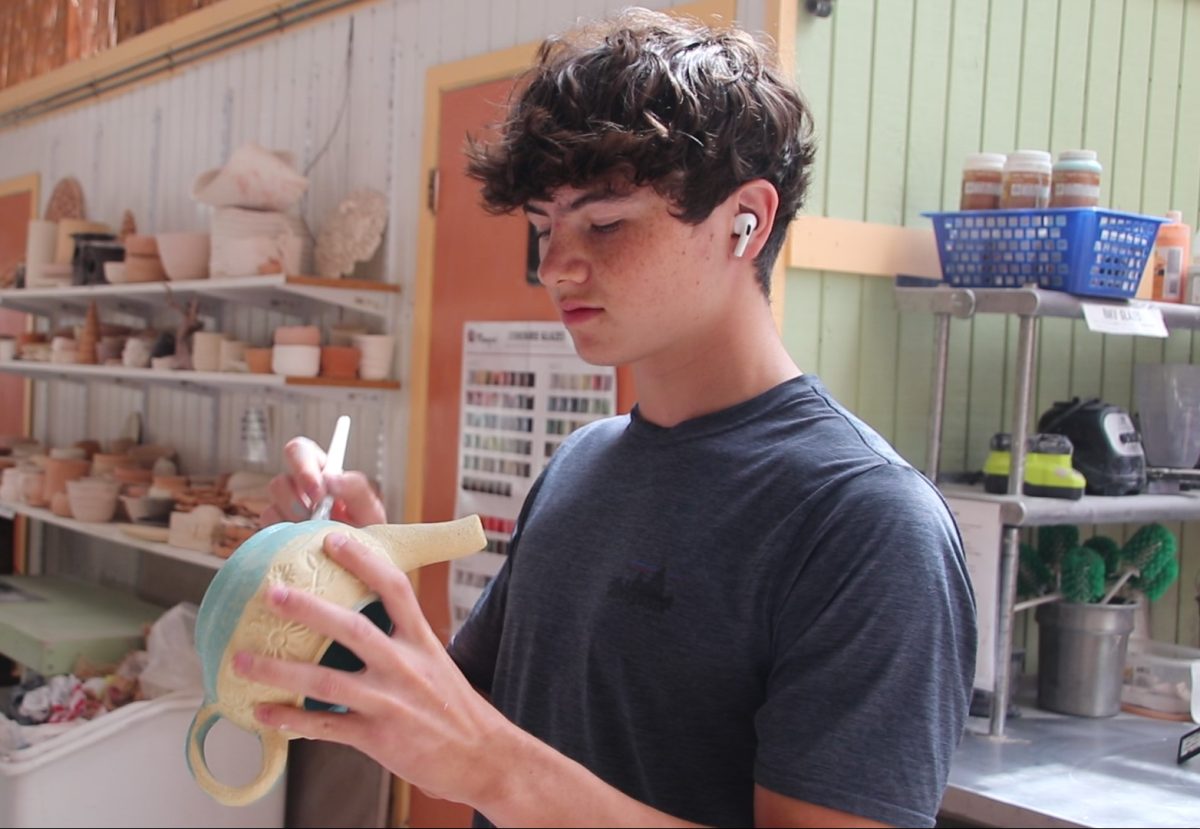With the economic downturn striking every possible organization, corporation and business, no one was exempt from the tightening effects of the recession and unfortunately, the Rockwood School District did not escape its grasps either.
“These difficult economic times are challenging for all of us – and Rockwood is no exception. We have continued to see decreases in revenue from the state’s education funding formula and from state sales tax. During the past two years, the district has cut approximately $12 million from the school district’s operating budget. Even with these budget cuts, it is anticipated that expenditures will exceed revenues in the coming years,” the Rockwood website reads.
In fact, the district has found itself in a time of turmoil, leading to drastic measurements of money saving initiatives being introduced into the works.
In order to search for a way to calm this economic turmoil, Rockwood has taken the initiative to institute a Guiding Change program which utilizes an input team, a design team and a panel of decision makers working in a collaborative effort to discover solutions to the economic stressors through the conglomeration of various stake holders personal opinions on the subject.
However, the time has now come for the final step in the Guiding Change program to come to fruition, as the input team and the design team have both collaborated and reached conclusions of the primary cost cutting measures which they believe are the most effective at their duties.
So, at the Dec. 2 Board of Education meeting at Crestview Middle School, the design team proposed their recommended options for budget cuts as well as other possible solutions to the board and to the citizens for the first time.
First, Shirley Broz, Rockwood’s Chief Financial and Legislative Officer, introduced the design team’s first option to cure the budgetary issues.
This consisted of cutting items ranging from the reduction of the premium cost for property, liability, workmen’s compensation (M.U.S.I.C.), the renegotiation of the First Student bus contract, the reduction of the administrator salary increases from 3% to 1.5%, and even to the elimination of stipends for elective professional development summer workshops.
All in all, the projected total savings of this option is $2,495,660.
The other options set forth by the design team take the first 24 cuts which make up Option 1 and the options preceding them, but also add some more cost cutting measures.
For instance, Option 2 utilizes the first 37 suggested budget cuts, including Option one’s first 24.
The additional cuts for Option 2 range from the elimination of the driving portion of Driver Education to the reduction of the Zero Hour budget and these first 37 cuts total up to $4,828,660.
The final two options continue in this respect, with the third option taking up the first 40 budget cutting ideas and cutting $6,307,660 and the fourth taking up the first 44 slots and cutting $7,472,922 total.
Other notable proposed cuts include the elimination of the elementary Strings program, the reduction of three high school Assistant Principals and their secretaries and the reduction of high school staffing points by eight points.
A complete list of these proposed cuts split up by proposal level and option can be found at http://www.rockwood.k12.mo.us/committees/btf/Dec%202%20BOE%20Work%20Session%20Materials/Proposed%20Cost%20Reductions.pdf.
There are ranges of positives and negatives of these options, however, primarily because of the way the design team arranged the different option types.
For the first option, the design team identified the fact that the option maintains current average class sizes, minimizes staff impact and targets a practical revenue generation as positives while the negatives range from the inability for a balanced budget to be attained without utilizing fund balances with this option, with the balanced budget not being sustainable beyond the 2012 year, to the operating reserve being below the recommended level, to the Total Reserve’s status being below the recommended level.
The design teams full analysis of the positive and negative aspects of each option can also be found at http://www.rockwood.k12.mo.us/committees/btf/Dec%202%20BOE%20Work%20Session%20Materials/Dec.%202%20Work%20Session%20Presentation.pdf.
Unfortunately, with all of the options, a large negative still lingers. The fact is, even with the most drastic cutting measures, the budget cuts will not save Rockwood enough money to sustain a balanced budget in the future school years.
“These budget cuts will not sustain a balanced budget in the future because we have lost our state revenues, specifically for transportation, which we lost a number of millions of dollars for. We don’t anticipate that we will get all of the formula foundation money from the state from the state budget coffers and we anticipate between a nine and a fifteen percent reduction of the money we expected,” Broz said.
Broz also said that it is hard to control the allocated funding for the district at both the state and local levels of government. She said, “As we looked out into the future and said, ‘this is going to be our state revenue and this is going to be our local revenue,’ which we don’t have a lot of control over because as your assess evaluations go up, you have to work with pennies that are levied back to keep that revenue relatively steady, or that’s the way it was planned.”
Broz continued, “So, when you look at the state revenue, anticipating that the legislated foundation formula would be fully implemented and fully funded over seven years, we built budgets and built programs and made decisions as far as staff is concerned based on that and now we aren’t getting it. So, we have to look at those expenditures because our revenues are not keeping pace with our expenditures, which are growing much faster than the revenues are.”
Broz also said that she is concerned with the budget cuts because of the detrimental effects on Rockwood. She said, “[I’m concerned with] loosing the Rockwood way, the fact that the cuts which we are looking at right now don’t sustain a balance budget in the future because it’s just not enough money and the fact that cuts, or the kind that we are talking about, touch people and affect people’s lives, people’s jobs, people’s benefits and their salaries for the next year.”
Broz said, “The biggest thing I think is because it’s not a sustainable balanced budget and it doesn’t allow us to continue delivering services to our students that we have always delivered.”
No executive decisions were made by the board on Dec. 2 on the budget, however, a final decision is in the near future, Broz said.
“The board is going to use the next two weeks, between now and Dec. 16. We have another work session planned for that date at four o’clock to go through any additional questions they may have or any issues they may have that need to be sorted out, verified, and talked out in public before they make their decision,” she said.
Broz concluded, “We are hoping, as an administration, that they will make their decision during the open session that night on Dec. 16, but we don’t have any guarantee of that.”

































